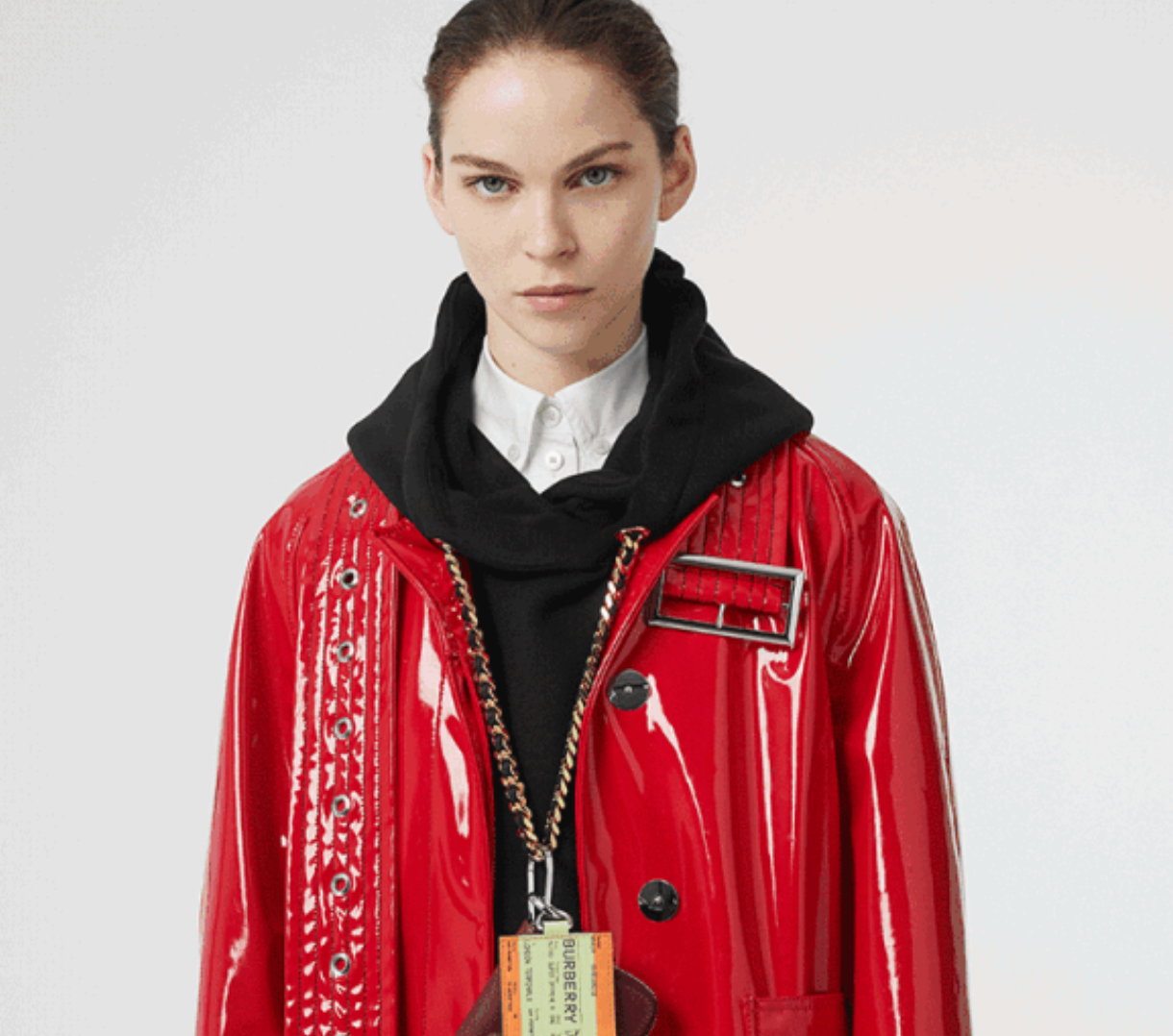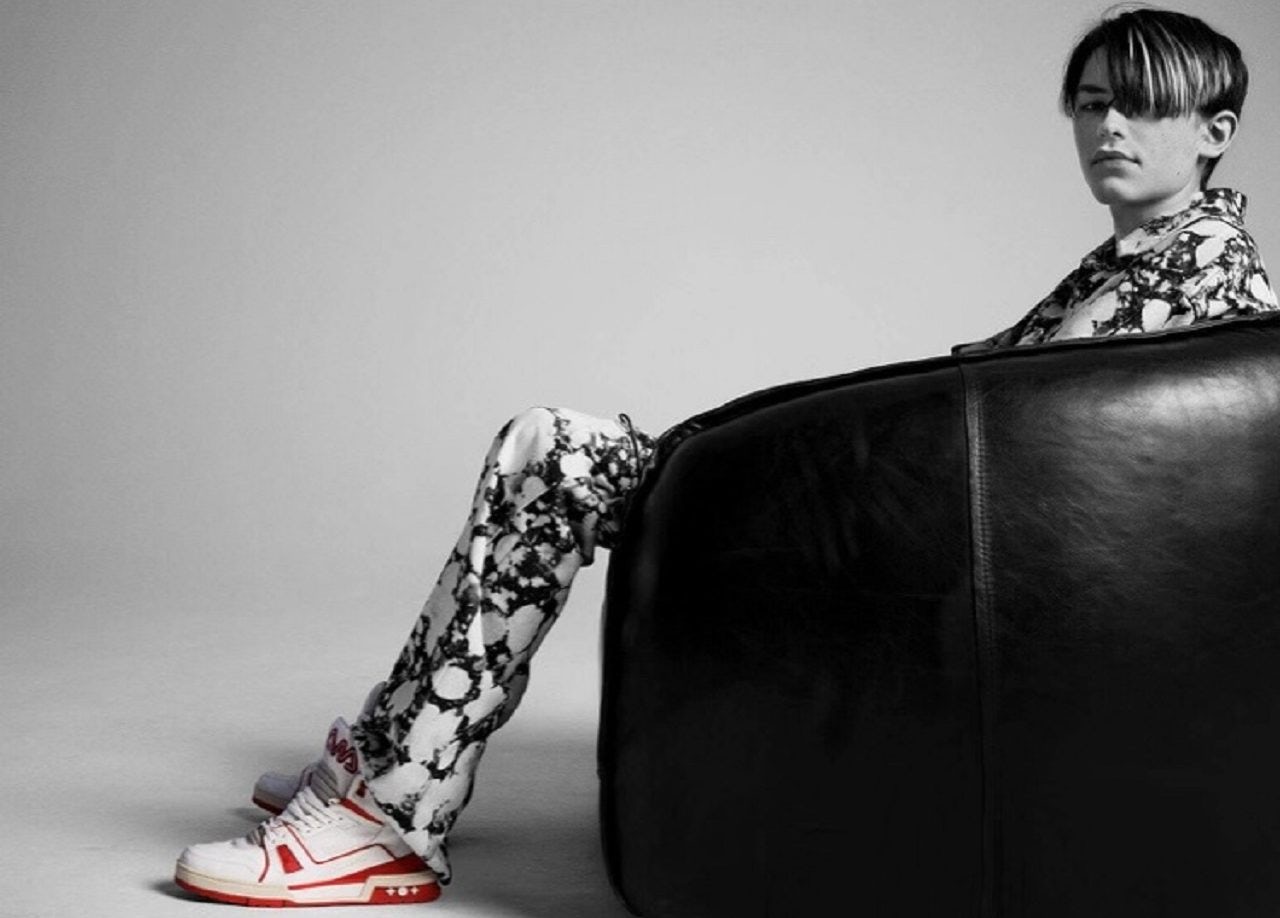Users on social media have become fixated on Burberry’s latest monthly drop as the product offered isn’t considered typical of the brand and comes with a future perk. While previous offerings were for basic styles, this product drop on March 17th is a keyring priced at £250 (about RMB 2,900), and it sold out during the 24-hour flash sale. The topic of the discussions was concentrated on the wallet’s design — a one-way London train ticket with Burberry in large text, making it appear like the departure station.
The campaign's WeChat post quickly garnered 30,000 pageviews, with many Chinese consumers praising the item for its uniqueness. On Weibo, some shared their own tickets bought in the U.K. Others mocked how expensive it is: “How many actual train tickets can you buy at that price?” They also doubted the functionality of the key ring.
Despite the criticism, there was an added incentive to attract consumers. Buyers of this drop can receive a real benefit that hasn't been offered previously — they will receive a notification prior to the next exclusive drop and given the opportunity to purchase the products before everyone else.
While dropping a new collection on WeChat is common practice, Burberry was one of the first luxury fashion brands to consistently do so. Every month, the brand is scheduled to drop an item, which begs the question: how much excitement can this sales model consistently generate? The key to sustaining the hype, which Burberry has demonstrated with its recent drop in March, is a focus on storytelling and crafting a meaningful story that connects with consumers each month. This month's story is designer Riccardo Tisci’s personal memory of his train journey from the south of France to London in the 1990s.

Each collection drop has always been imprinted with Tisci’s personal identity since the beginning. For example, the drop date is on the 17th of every month because 17 is the designer’s lucky number. While this may please Tisci’s fans, it may also put the brand itself in jeopardy. Under the WeChat campaign post, among numerous comments praising the company, a user named Chris stated: “We need something with Burberry DNA.”
Whether this model can generate consistent sales for the 163-year-old brand has not been established, but it has clearly proven to be a great channel to gain attention thus far. According to Burberry’s third quarter 2019 earnings release (for the quarter ending December 31st), the drop model has attracted a total of 1 million new followers across Instagram and WeChat in three months. In particular, Burberry saw a 50-percent increase in reach on WeChat.
Here are some key takeaways from Burberry’s campaign about creating a WeChat drop:
- Create Exclusivity: Besides exclusive products, offer special access as an incentive.
- Controversial Item: Drop an item with a story about the brand to keep fans on their toes.
- Consistent Pace: Release products at consistent intervals so fans will anticipate the drop and will be ready to spend.


